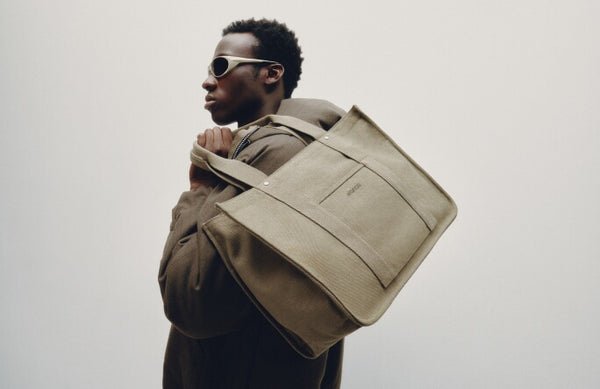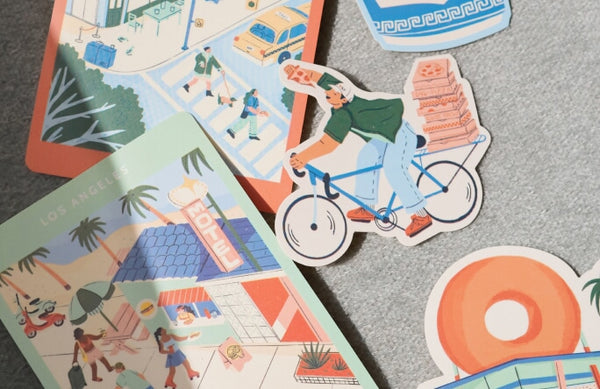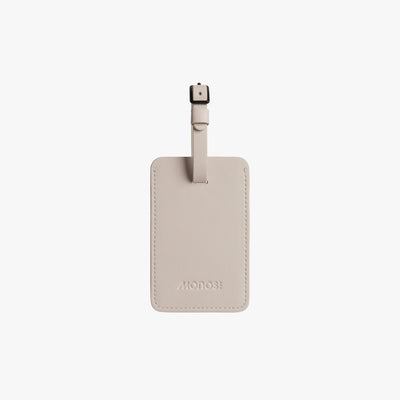Wonder clears expectations and judgments that fog up the lens with which we view the world and fosters within us a new disposition to learning. As we yield to the leadership of curiosity, we are guided through the causal nexus between wonder and innovation.
If you want to see the most effortless display of wonder, simply observe a child. Discovering the world through a giggling curiosity and innocence, they squeal with delight at the one thing adults are sometimes quick to forget – the magic of life. What would happen if the things we overlook take centre stage? Taking a moment to observe the way our bodies react in laughter, the tiny bubbles on top of our morning coffee, or the dots on the back of a ladybug. We suddenly become radically aware of the beauty that surrounds us.
If we allowed ourselves to stay in that state of fascination long enough to see our wonder bloom into marvel and gratitude, how might that reframe our sense of being and belonging in this world? Cultivating wonder might be the saving grace to the cursory pace at which we speed through life. To this, we owe the macaroni-throwing, bib-staining, ear-to-ear-grinning little scientists of our day who, by their example, signal to us to an awakening of our inner child and to make the world our playground once again.
The body is a vessel of miracles that often goes unnoticed throughout the day. One way we can cultivate wonder, then, is to simply be more mindful of it. Taking the time to observe the way the body works and carries us throughout our lifetime. Take for example your hands, pay attention to them. Hands perform thousands of tasks every day. They stir the milk in your coffee, type up papers for your thesis, fix things when they become broken, cook up storms in the kitchen, punch buggy, and tend to little life in gardens. Quietly and seamlessly they perform a silent marionette sequence perfectly orchestrated and in sync.
Hands also seal promises, wipe away tears, reassure loved ones, and comfort the lonely. They carry out delicate actions that can overcome the highest of barriers and soften the hardest of hearts. They can tell a lot about a person. Being etched with the marks of time and much like the rings of a tree, they tell us stories about the storms they’ve weathered through the years. Some wearing the emblems of passion and diligence, and some of resilience and devotion. Then there are our fingertips. Small clusters of receptors sensitive enough to detect the slightest pressure with each one wearing an exclusive piece of artwork that allows us, and no one else, to unlock our identity. They are unique markers. A distinguished set of coordinates that position us, creates space for us and weaves us into the tapestry of this very complex thing called the universe.

Those who dwell among the beauties and mysteries of the earth are never alone or weary of life.
– Rachel Carson
The objective of cultivating wonder is not limited to simply achieving a state of awe, but embracing the chain reaction that takes place once wonder enters our lives. “Wonder is the beginning of wisdom,” said Socrates. We are asked to observe things once more with a beginner’s mindset. Wonder clears expectations and judgments that fog up the lens with which we view the world and fosters within us a new disposition to learning. As we yield to the leadership of curiosity, we are guided through the causal nexus between wonder and innovation. It is a dynamic terrain fertile in ideas and theories. A domain that becomes rich and complex the longer you linger in it is like a fine wine that matures with time. It is no wonder, then, that wonder is an asset to our growth, perhaps even a crucial one at that. With this realization, we aspire to cultivate and keep this sense alive, protecting it with will and conviction. ■

























